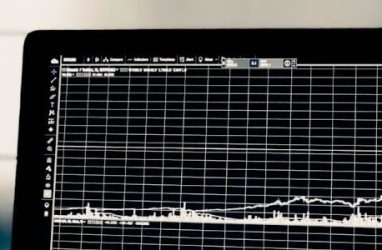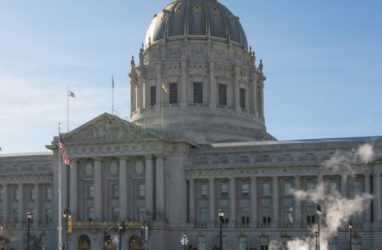Government Employees Uncertain About Retirement
We examine retirement planning and saving among state and local government employees and their confidence about their government retirement prospects. One-third of public sector employees have been with their current employer for less than 10 years and one-third for 20 years or longer. When considering the future, two- thirds do not expect to leave their current employer anytime soon. Respondents ranked job security, health insurance, retirement benefits, and salary as the most important job elements they would consider in deciding whether to switch employers.
The vast majority of state and local employees are covered by a primary defined benefit pension plan and expect to receive retiree health care benefits.
The study by the MissionSquare Research Institute says that the typical state and local employee would like to retire at age 61, but expects to retire at 64; one-half expect to work for pay in retirement. Most public servants do not know how much they need to save for a comfortable retirement, nor have they planned and saved specifically for medical expenses in retirement. About 40 percent of state and local workers are very confident that they will receive all of the retirement plan benefits they have earned, one-half are somewhat confident, and the rest are not confident.
Highlights from the report include the following about government retirement:
- Virtually all full-time state and local workers are covered by some form of retirement plan offered by their employer, but only 39 percent are very confident that they will receive all of the benefits that they have earned in retirement.
- In comparison to 2012, when 72 percent of respondents expected to work for pay after retiring, the figure has dropped to 49 percent in 2014.
- While 2014 confidence levels in overall retirement income prospects are generally consistent with 2012 (18 percent are very confident and 56 percent somewhat confident), there was a decrease in the proportion of public-sector employees who are either very confident or not at all confident.
- Public-sector workers are concerned about federal retirement income security programs. Only 7 percent of state and local government employees are very confident that the Social Security system will continue to provide benefits of at least equal value to the benefits received by retirees today, while 55 percent are not confident. The same goes for Medicare benefits, with 6 percent reporting they are very confident and 52 percent saying they are not confident.
- In 2012, 51 percent of retirement savers in the public-sector workforce said they received retirement planning advice from a professional financial advisor within the past three years. In 2014, only 38 percent reported receiving advice. But this year’s report suggests more individuals are following all the investment advice they receive. For example, 24 percent reported following all the investment advice received in 2014 vs. 18 percent in 2012.
State and local governments employ a significant share of the U.S. workforce—14.1 million individuals at the local level and 5.1 million among the states, representing 10 percent and 4 percent of the U.S. workforce, respectively. While public sector employment levels have not reached the prerecession levels of 2008, 66 percent of state and local governments hired employees in 2013 with 55 percent hiring more than in 2012.





